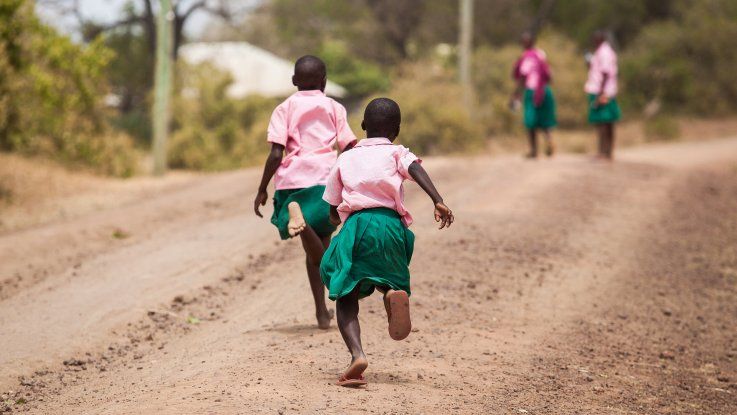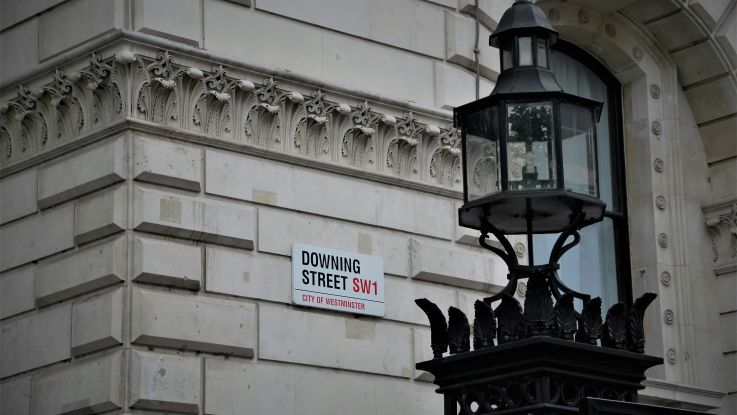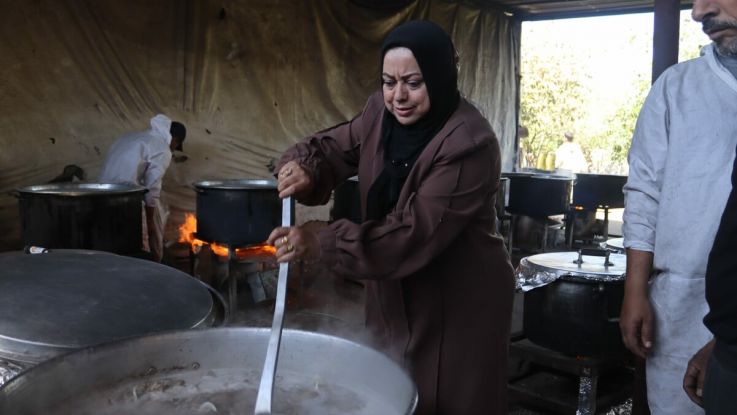The Handmaid’s Tale: science fiction or wake-up call?
29 June 2017
Margaret Atwood's novel The Handmaid's Tale imagines a totalitarian society in which women's rights have been completely erased. Denied control over their own bodies, women are used as servants, wives, or, as in the case of the narrator Offred, 'handmaids'. Offred describes handmaids as "two-legged wombs", as they are ritually raped by powerful men and forced to bear their children.

Women wearing the handmaiden's uniform. Photo credit: Daniel X. O'Neil, Attribution 2.0 Generic (CC BY 2.0) . Photo: Daniel X. O'Neil
With rollbacks to women's rights hitting the headlines across the world this year, the book - which was originally published in 1985 and is now a TV series currently running on Channel 4 - feels more relevant than ever. The dystopian world it describes seems less like a work of science fiction and more of a wake-up call, and it has inspired a wave of protests against restrictions of women's rights.
Handmaids protest in the US
In the US, women are wearing the striking uniform of the handmaids - long, red dresses with white winged caps — to stand up for women’s sexual reproductive health and rights (SRHR).
On Tuesday volunteers from Planned Parenthood, which provides sexual health care and education to women and men in the US and in partnership with organizations all over the world, dressed as handmaidens to protest against the Republican health care bill. The bill would defund the organisation and thereby restrict access to essential reproductive health services. People of color, low income people, and rural people will be most affected by this move.
This is the latest attack on services that are essential for women’s health and wellbeing under Donald Trump’s presidency.
One of his first moves as President was to reinstate and expand the Global Gag Rule — blocking US funds to organisations that provide sexual and reproductive health care education, provision or advocacy as well as those providing abortion advice and care, even if they fund these services from non-US government sources.
In fact, even organizations that mention the word abortion in their materials are affected. President Trump’s Global Gag Rule could lead to the deaths of thousands of women and girls through lack of access to family planning and safe abortion services.
The Handmaid's Tale: women's rights rollback across the world
And it isn’t just in the US where women are under attack. In many countries across the world, we are witnessing the systematic undermining of women’s rights.
From Bangladesh, where in February the Parliament approved a law permitting girls under 18 to marry under ‘special circumstances’, to Poland, where earlier this year the government attempted to make abortion illegal, an alarming global trend is emerging.
Women are on the front line fighting back to reclaim their rights. But this comes at a price, and many are being targeted for speaking out.
In March 2016, Berta Carceres, a Honduran environmental activist and indigenous leader was assassinated in her home. In August 2014, 28-year-old artist Atena Farghadani was put in solitary confinement in Iran for posting a cartoon on Facebook criticising parliament’s consideration of a bill giving access to contraception and family planning.
There are many more women human rights defenders who are similarly being targeted.
Linking violence and sexual reproductive health and rights
ActionAid’s latest research has shown that violence against women and girls (VAWG) is intrinsically linked to the denial of access to sexual and reproductive health and rights – meaning that many women do not have control over their body and their fertility.
Would you support our work today, to help defend women's rights around the world today?


